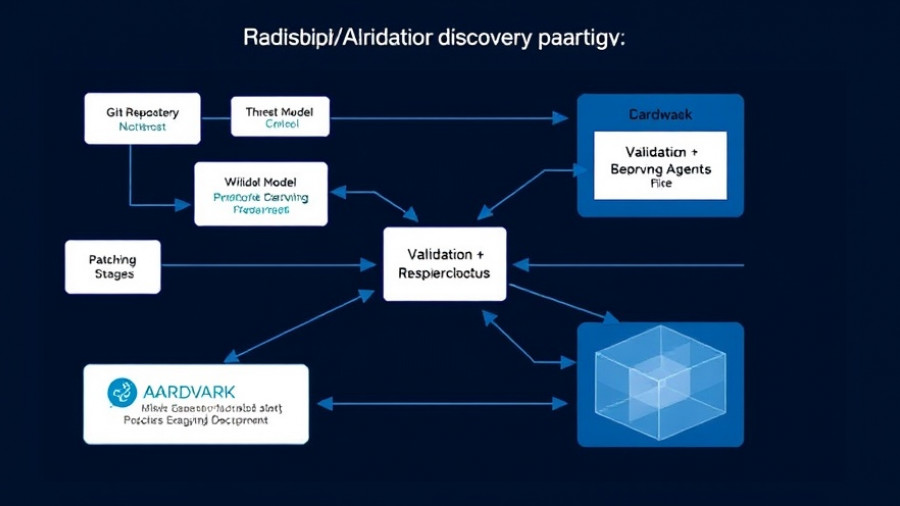
The Growing Importance of AI Agents in Modern Workflows
Artificial Intelligence (AI) is no longer just a futuristic concept; it's actively reshaping industries, particularly in transportation and logistics. According to recent research, over two-thirds of T&L organizations and nearly half of manufacturers are deploying AI for tasks such as inventory management and demand forecasting. As technology advances and workforce demands change, understanding the necessity of training for AI agents becomes critical.
Why Training is Essential for AI Agents
With the integration of AI technology in business processes, the role of human workers is evolving. This shift necessitates comprehensive training programs that equip employees to effectively collaborate with AI systems. The study from Zebra Technologies highlights that companies that upskill their workforce report greater profitability and operational efficiency. For instance, retailers have experienced up to a 1.8-point increase in revenue growth after optimizing their inventory management through AI-enhanced workflows.
Challenges Facing the Integration of AI
While the advantages of introducing AI are clear, organizations face barriers to implementation. A significant challenge identified by the Zebra study is the high cost of training workers—an issue cited by 41% of respondents. Additionally, integrating AI with existing legacy technology adds complexity, making it essential for organizations to develop strategies that ease this transition.
Strategies to Optimize AI Agent Training
Organizations must prioritize continuous learning to harness AI's full potential. Here are a few strategies for effective training:
- **Tailored Learning Approaches**: Provide employees with customized learning plans that cater to different skill levels and job roles.
- **Ongoing Support and Resources**: Foster a culture of continuous improvement by offering ongoing resources, workshops, and mentoring that build proficiency over time.
- **Encourage Collaboration**: Incentivizing teamwork between AI agents and human workers can foster innovation and reduce resistance to change.
The Future of AI in the Workforce
Looking ahead, the landscape of work will continue to change as AI becomes more ingrained in business operations. Organizations that adapt early by investing in their workforce and implementing intelligent AI workflows stand to reap substantial rewards. With projected revenue growth rates climbing—up to 3.4 percentage points in T&L firms—businesses must act swiftly to leverage AI's full capabilities.
Embracing AI for Better Results
Embracing AI not only enhances workflow efficiency but also significantly improves customer satisfaction. As organizations improve supply chain visibility and operational processes, businesses can respond more swiftly to market demands, resulting in an elevated customer experience.
In conclusion, investing in the training of AI agents isn’t just an operational enhancement; it’s a crucial step in maintaining competitiveness in an increasingly automated world. By recognizing the value of upskilling and embracing the potential of AI, workers can work alongside these advanced technologies, paving the way for innovative business solutions.
As the world continues to transform through technological advancements, understanding AI agents' role and the importance of training will empower organizations and employees alike to thrive. Be on the cutting edge of this exciting change—prepare your workforce for the future!
 Add Row
Add Row  Add
Add 




Write A Comment